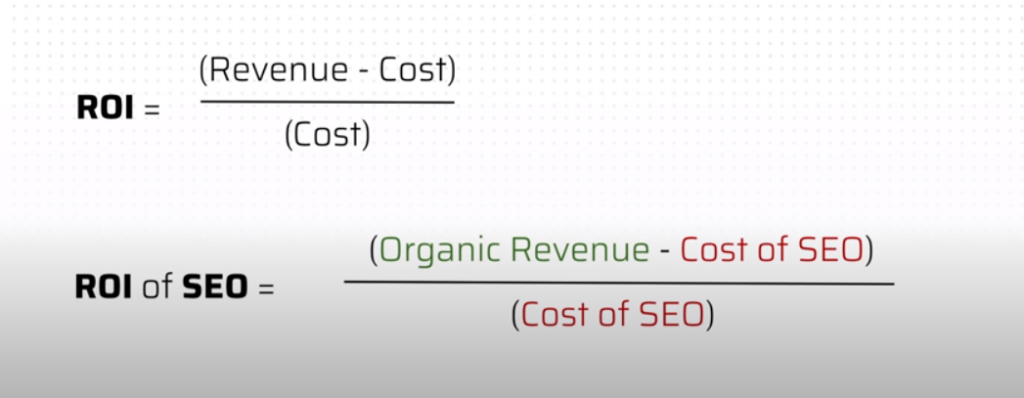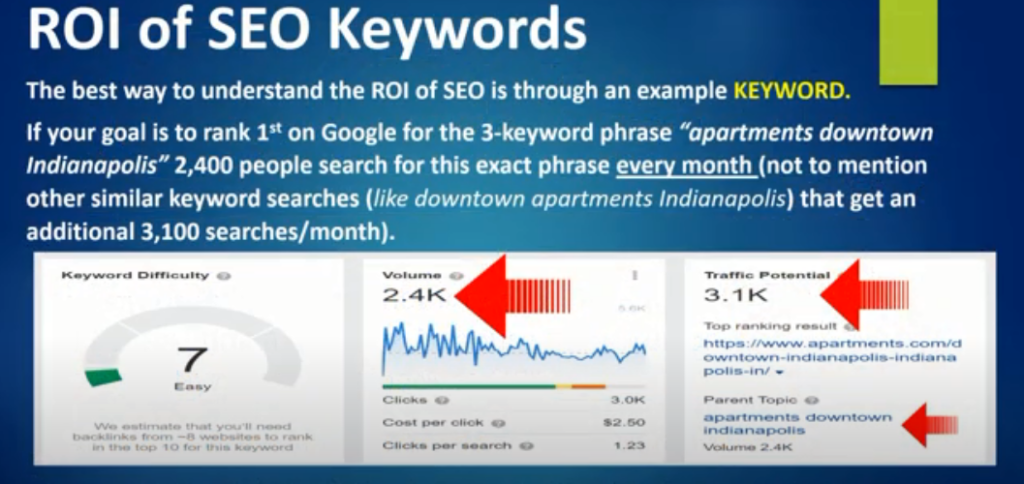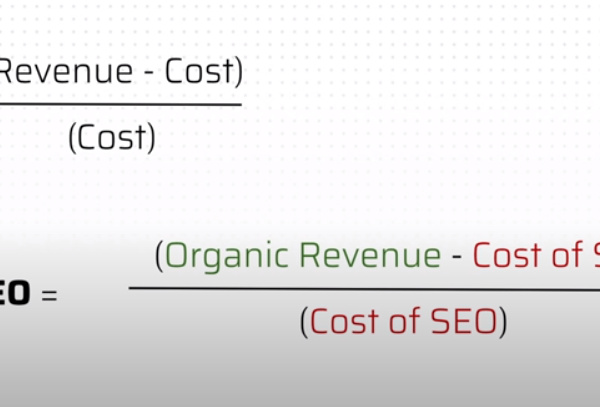In the current competitive business landscape, businesses are incessantly seeking creative methods to attract potential customers, transform them into clients, and foster long-term relationships for sustained success. Prospect cultivation is instrumental in this process, sustaining relationships with potential clients throughout their conversion journey.
To truly comprehend the effectiveness of prospect cultivation endeavors, it’s essential to measure the returns on investment in these strategies. By quantifying the effect of client outreach on revenue generation, enterprises can optimize customer engagement and fuel growth.
In this discourse, we’ll explore the pivotal steps and considerations in determining the ROI of lead cultivation, empowering businesses to make enlightened decisions and attain measurable outcomes.
Decoding Lead Cultivation and Its Importance
Before we dive into the complexities of measuring ROI, it’s crucial to distinctly understand what prospect cultivation is and its significance. Lead generation involves fostering relationships with potential clients at every stage of their purchasing journey:
- Offering them pertinent and valuable data to aid their decision-making;
- Supplying personalized content;
- Alleviating pain points;
- Sustaining a consistent stream of communication;
- This approach enables businesses to establish trust, credibility, and brand loyalty.
Prospect care is essential for driving revenue growth by enhancing the transformation of leads into real clients. Instead of focusing merely on acquiring new prospects, consistent follow-up with existing leads enables enterprises to capitalize on their lead-generation investments.

Studies indicate that enterprises that excel in nurturing leads generate 50% more sales-ready potential clients at a 33% lower cost per client.
Vital Metrics for Assessing Lead Cultivation Performance
Here’s a table with vital metrics for assessing prospect cultivation performance:
| Metric | Description |
|---|---|
| Conversion Rate | The percentage of leads that progress through the sales funnel and become customers. |
| Sales Cycle Length | The average time it takes for a lead to convert into a customer, indicating the efficiency of nurturing strategies. |
| Customer Lifetime Value (CLV) | The long-term value of customers acquired through lead nurturing efforts, reflecting the revenue generated over time. |
| Cost per Acquisition (CPA) | The cost associated with acquiring a customer through lead nurturing activities, measuring the cost-effectiveness of nurturing campaigns. |
By monitoring and interpreting these metrics, businesses can gain precious insights into the performance and effectiveness of their prospect cultivation initiatives.
Measuring the ROI on customer acquisition is a significant stride for enterprises to assess the effectiveness and value of their customer acquisition endeavors. By adhering to the steps elaborated in this discourse, enterprises can gain insight into the financial impact of their customer acquisition strategies and make enlightened decisions to optimize their performance.
Calculating ROI of Prospect Cultivation
To quantify the ROI of your investment in prospect cultivation, adhere to these steps:
- Evaluate costs: Start by evaluating the costs linked with lead cultivation initiatives. This encapsulates costs related to content development, automation tools for marketing, staffing, and other pertinent resources;
- Allocate value: Attribute value to each prospect considering the potential revenue they can generate. This can be realized by scrutinizing historical sales data or conducting market research to estimate the average value of a converted lead;
- Assess effectiveness: Utilize the key metrics previously discussed to measure the effectiveness of your prospect cultivation endeavors. Contrast conversion rates, sales cycle duration, CLV, and CPA with baseline data or industry benchmarks.

Compute ROI: Employ the subsequent formula to calculate ROI on customer acquisition:
ROI = (Revenue Generated – Investment Costs) / Investment Costs * 100
Analyze the computed ROI to gauge the effectiveness of your customer acquisition strategies. Pinpoint areas for enhancement and optimization, such as augmenting the personalization of content, refining scoring models, or tweaking the frequency of communications.
Harnessing Automation and Technology
Automation and technology are vital for maximizing the ROI of customer engagement. Platforms that automate marketing allow companies to optimize and scale customer engagement efforts by delivering personalized experiences across the enterprise.
These platforms facilitate prospect segmentation, behavioral tracking, and email workflow automation, ensuring timely and pertinent interactions with potential customers.
By leveraging the analytics and reporting capabilities in these platforms, organizations can garner valuable insights into customer engagement performance and make data-driven decisions to refine their strategies.
FAQ
To compute the return on investment (ROI) for the generation of potential customers, you need to contrast the revenue produced from these prospective customers with the investment costs.
Keep in mind that it’s crucial to periodically review and evaluate the ROI to measure the effectiveness of your strategies for generating leads and make educated decisions to enhance your endeavors.
The ROI of potential clients is the quantification and evaluation of the financial return or value stemming from a particular lead or set of potential customers. It is a metric used to gauge the profitability and effectiveness of lead generation efforts.
The ROI of prospects accounts for the cost of acquiring one and juxtaposes it with the revenue produced from converting that customer. By analyzing the ROI of leads, businesses can pinpoint the most valuable clients and prioritize accordingly.
The ROI percentage indicates the financial return on the investment made in procuring a particular customer. A positive ROI means the customer produced more revenue than the costs incurred, while a negative ROI suggests a loss.
Analyzing the ROI of leads aids companies in assessing the profitability of their efforts to generate such clients, streamline marketing strategies, and allocate resources efficiently to focus on leads that yield the most revenue.
Quantifying lead generation involves analyzing the effectiveness of your strategies to generate clients and measuring the volume and quality of interested customers generated.
Below is a methodical process for quantifying prospect generation:
Establish goals and objectives: Ascertain your goals for generating potential clients and the specific metrics you intend to measure. This could be the number of leads generated, conversion rates, or specific goals aligned with your business objectives.
Identify sources: Identify sources of prospects, such as website forms, landing pages, social media campaigns, email campaigns, content marketing, events, referrals, or any other strategies or channels used to attract potential clients.
Monitor lead acquisition activities: Deploy tracking mechanisms to collect data from each source of prospect acquisition. This could include using analytics tools, potential client capture forms, tracking pixels, unique URLs, or CRM systems to compile and consolidate information about prospects.
Quantify the number of interested parties: Determine the total count of interested parties generated over a specific period. You can achieve this by accumulating data from various sources and excluding duplicates.
Assess the quality of the interested parties: Gauge the quality of the generated interested parties. To perform this, scrutinize attributes such as demographics, company traits, levels of engagement, or scoring data. Define the criteria that signify a qualified interested party, based on your target audience and optimal client profile.
Compute conversion rates: Figure out conversion rates at every stage of the process of generating interested parties. This may encompass conversion rates from site visitors to interested parties, from interested parties to opportunities, or from opportunities to clients. Divide the number of conversions by the total count of interested parties and multiply by 100 to express this as a percentage.
Analyze and Enhance: Scrutinize the data you amass and measure the effectiveness of your activities to generate interested parties. Pinpoint trends, patterns, and areas that need improvement. Depending on the findings, modify your strategies, channels, or messaging to enhance effectiveness.
Systematically tracking and evaluating metrics associated with the acquisition of interested parties will aid in refining your strategies, distributing resources effectively, and improving your efforts to acquire interested parties over time.
Keep in mind that generating interested parties is an ongoing process, so it’s crucial to continually monitor, measure, and enhance your tactics to generate high-quality interested parties with a higher probability of conversion and revenue production.
Quantifying interested party generation involves analyzing the effectiveness of your activities to generate interested parties and measuring the volume and quality of interested parties generated. Below is a systematic process for quantifying interested party generation:
Define goals and objectives: Determine your goals for generating interested parties and the specific metrics you want to measure. This could be the number of interested parties generated, conversion rates, or specific goals aligned with your business objectives.
Identify sources of interested parties: Identify sources of interested parties, such as website forms, landing pages, social media campaigns, email campaigns, content marketing, events, referrals, or any other strategies or channels used to attract interested parties.
Monitor acquisition activities: Deploy tracking mechanisms to collect data from each source of interested party acquisition. This could include using analytics tools, forms for capturing interested parties, tracking pixels, unique URLs, or CRM systems to compile and consolidate information about interested parties.
Remember, acquiring interested parties is an ongoing process, so it’s crucial to continuously monitor, measure, and enhance your tactics to generate high-quality interested parties with a higher probability of conversion and revenue production.
